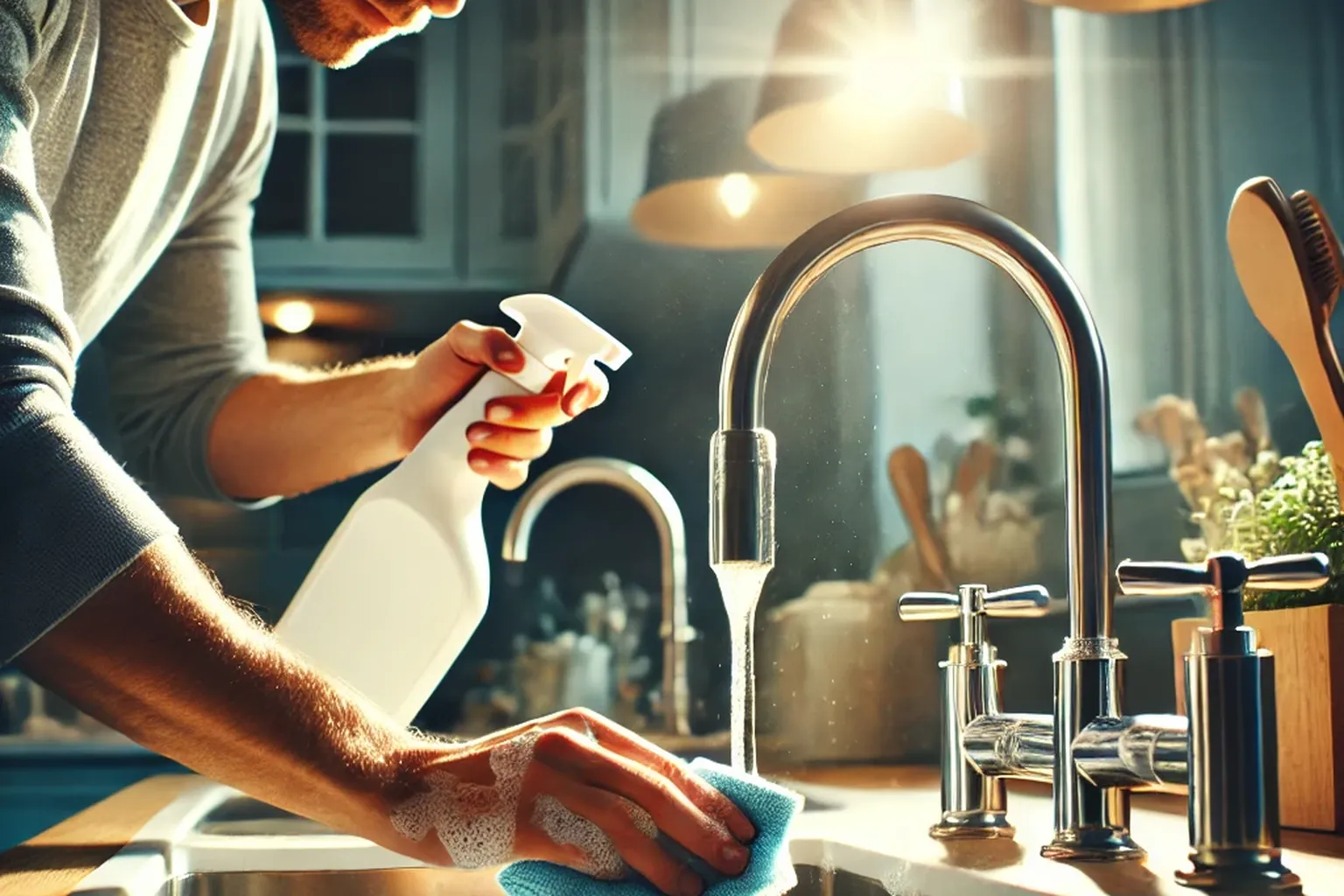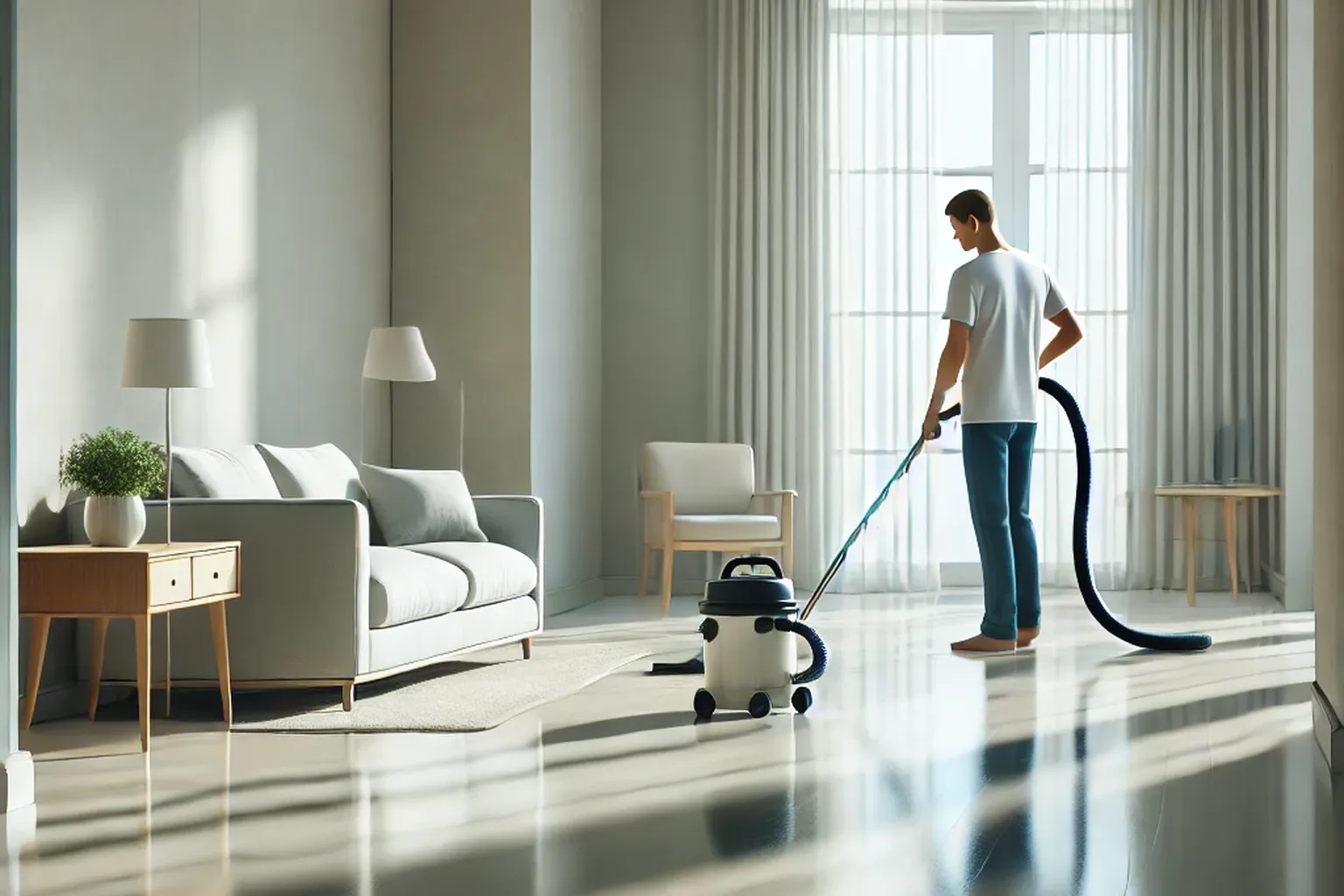How to Remove Limescale – Tips for a Spotless, Limescale-Free Home
Remove stubborn limescale from your home with our effective cleaning tips. Learn the best methods for descaling taps, showerheads, kettles, and other surfaces affected by hard water.Likes
Recommends
Helpfuls

Why Limescale Removal is Essential
Limescale build-up is a common issue in areas with hard water. It forms on taps, showerheads, kettles, and other surfaces, leaving white, chalky deposits that can affect the appearance and efficiency of appliances. Regularly removing limescale keeps surfaces clean and prevents long-term damage, maintaining a spotless and functional home.
Effective Methods for Removing Limescale from Common Household Surfaces
Step 1: Descale Taps with White Vinegar
For taps, soak a cloth in white vinegar and wrap it around the affected areas. Let it sit for 15–30 minutes to dissolve the limescale. Afterward, scrub gently with a soft brush or sponge, then rinse with water and dry with a microfibre cloth for a streak-free shine.
Step 2: Remove Limescale from Showerheads
To descale a showerhead, fill a plastic bag with equal parts white vinegar and water, then secure it over the showerhead with a rubber band. Let it soak for an hour, then remove the bag and rinse the showerhead with warm water. For stubborn build-up, scrub gently with a toothbrush before rinsing.
Step 3: Tackle Kettle Limescale with Lemon or Vinegar
To descale your kettle, fill it halfway with water and add either a few slices of lemon or half a cup of white vinegar. Boil the solution, let it sit for 15 minutes, then pour it out. Rinse thoroughly and boil fresh water once more to remove any lingering taste or smell.
Step 4: Use Baking Soda for Bathroom Fixtures
For bathroom tiles and fixtures, make a paste with baking soda and water. Apply it to the limescale-affected areas, let it sit for 10–15 minutes, then scrub gently with a sponge or brush. Rinse thoroughly and wipe with a clean, damp cloth to remove any residue.
Step 5: Try a Commercial Limescale Remover for Stubborn Areas
If limescale build-up is particularly stubborn, a commercial limescale remover may be necessary. Follow the manufacturer’s instructions, applying the solution with a sponge or cloth, and rinse thoroughly afterward. Commercial removers are especially effective for severe build-up in toilets or on heavily stained surfaces.
Step 6: Prevent Future Limescale Build-Up
To reduce limescale build-up, consider using a water softener or limescale prevention products in areas prone to hard water. Regularly wiping down surfaces, drying taps after use, and using vinegar or lemon for weekly maintenance also help keep limescale at bay.

Consider Professional Cleaning Services for Persistent Limescale
If limescale build-up persists or if you need extra help with hard-to-reach areas, a professional cleaning service can be beneficial. Companies like VIMANS offer specialised limescale removal, ensuring your home remains spotless and free from hard water stains.
Final Thoughts
Limescale can be challenging to manage, but with regular cleaning and preventative measures, you can keep your surfaces looking fresh and clean. For deeper or more stubborn deposits, professional services provide expert limescale removal, maintaining your home’s appearance and functionality.
